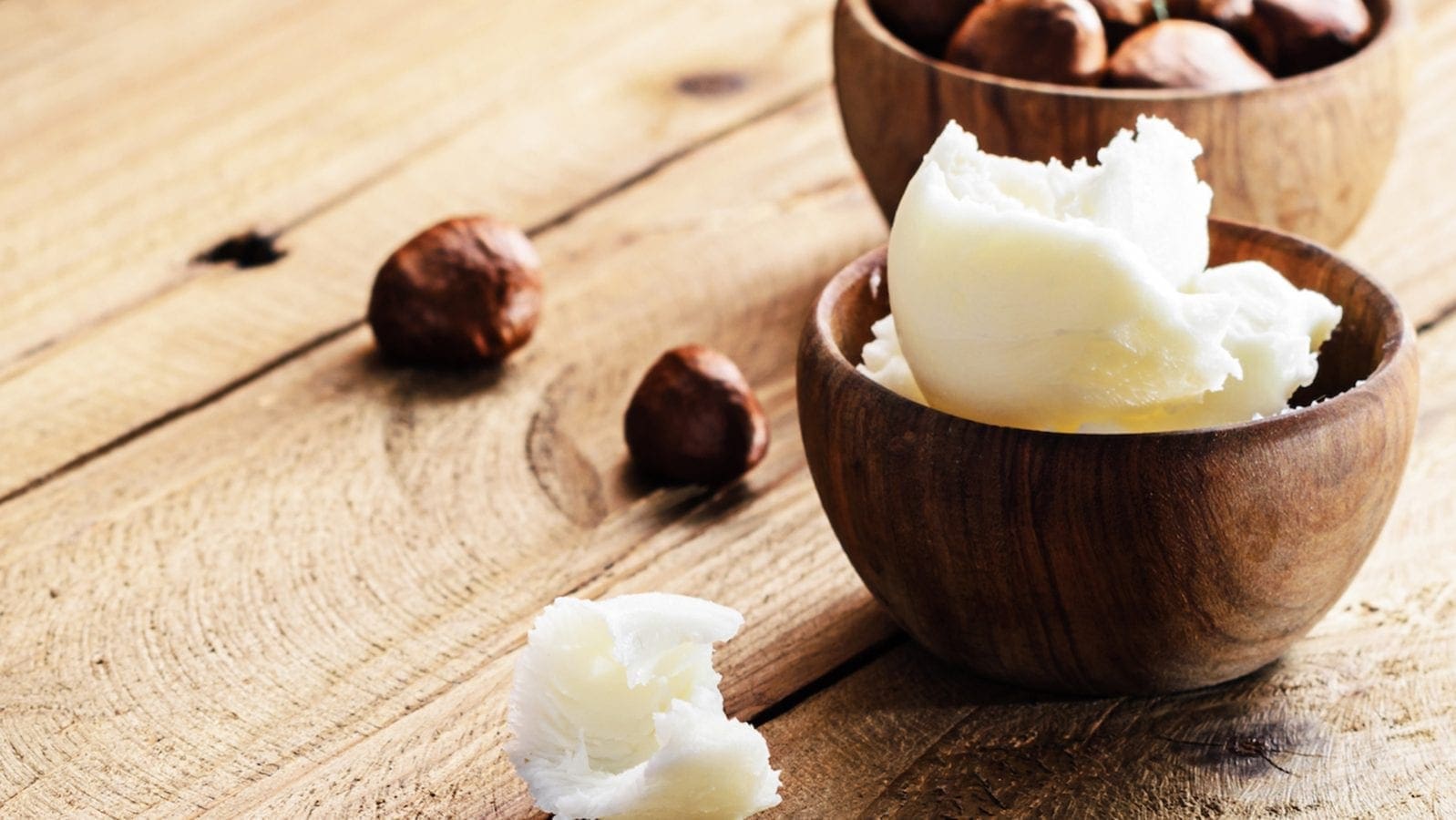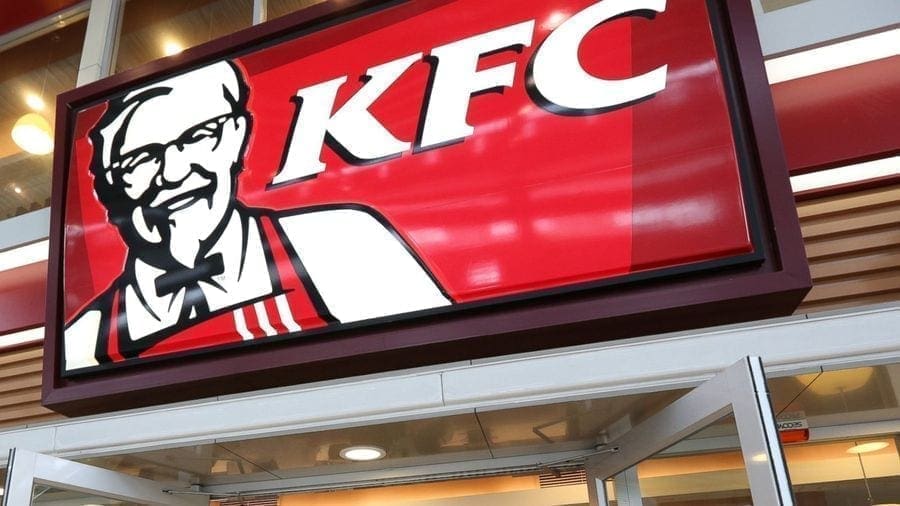GHANA – Ghana has launched the US$54.5m Ghana Shea Landscape Emission Reductions Project (GLSERP), that seeks to mitigate the effects of climate change on the fragile ecosystem of the Northern Savannah Landscape that currently undergoes rapid deforestation and degradation including the loss of valuable shea trees.
Also, the project aims to improve the shea value chain, especially for the over 600,000 women engaged in it.
This is the second emission reductions programme to be implemented under the REDD+ process in the country, after the Ghana Cocoa Forest REDD+ Program (GCFRP).
So far, the GCFRP has restored almost 226,000 hectares of forest area. Meanwhile under the new project, Ghana targets to plant over 1.7 million shea trees over the 7-year project period.
The GSLERP therefore provides a unique opportunity to engage on a bigger scale in the Shea commodity and its by-products, which has gained prominence as a preferred ingredient in the cosmetics and food processing industry globally.
“The implementation of GSLERP is crucial. This is so because the project addresses about nine Sustainable Development Goals, including goals on; no poverty, zero hunger, gender equality, economic growth, climate action and life on land.
“This project will address at first-hand the financial constraints of shea farmers, ensure that gender equality prevails in shea-production systems, promote the business development of shea farming among natives, and cause a decreased deforestation and enhance fire management covering almost 500,000 hectares,” said Ghana’s Vice President, Dr Mahamudu Bawumia.
It is estimated that the Ghana Shea Landscape Emission Reductions Project will achieve 6.1 million tonnes in emission reductions and removals over the first seven years of the project’s lifetime and 25 million tonnes in emission reductions over 20 years.
“This can only be achieved when stakeholders fully commit to the project at every point in time through collective ownership,” Dr Bawumia stressed. “I therefore call on all stakeholders and beneficiaries of the project in the 5 regions of the north to collaborate to achieve this and build ecosystem resilience.”
The government of Ghana has since 2017, supported scientific research on the shea plant geared towards making the shea a reliable income generating product.
This work, undertaken by the COCOBOD, has led to important breakthroughs, including reducing the gestation period of the shea plant from over 20 years to an average of 3 years.
It is against this background that the government committed in the 2022 budget statement to embark on projects and programme that will promote the cultivation of shea in the north, just as cocoa in the south, to transform the local economies of the shea region.
Ghana is currently the fourth largest producer of Shea in the world.
Liked this article? Subscribe to Food Business Africa News, our regular email newsletters with the latest news insights from Africa and the World’s food and agro industry. SUBSCRIBE HERE











